At a Press Event held in Sony's upper Manhattan building, Sony Ericsson announced their latest batch of new products. All of you who are following SE's progress should have noticed that lately the company is bringing up new phones with an exceptional pace. Only four days into the new 2006, SE announced the W810 an update to the popular W800 Walkman phone. Soon after that, the new M600 messaging phone with full QWERTY keyboard was revealed. It was the second SE's phone running Symbian 9.1 and UIQ 3. Using the same design, during the 3GSM expo, SE unveiled the UMTS (3G) W(alkman) W950, boosting 4GB of internal memory!
Two weeks after the expo in Barcelona, Sony Ericsson was ready again to announce six more new models.
The new star in the sky is called K800. The successor of K750 has all one can desire UMTS (3G), 3.2 mega pixel camera with auto focus, Xenon flash and image stabilization.
The phone is designated for the European/Asian market, but a US version without UMTS called K790 will be available. It lacks the 3G and the video calling camera on the front, but has 850 MHz support and EDGE.
The first impression of the device is somewhat mixed it thicker and bulkier compared to the K750 or W800. The main reason for that is the 3.2 mega pixel camera and the lens cover which is active (the camera is activated by sliding it downwards, hence the name active). Most of today's sub 2 mega pixel cameras are with fixed focus (focus-free), most pictures shot will with acceptable focus but not absolutely sharp.
Sony Ericsson was of the first phone manufactures to bring auto focus feature to the mobile phones. It comprises of a system that actually moves the lenses to reach exact focus. K790 not only sports auto focus, but it also features digital image stabilization feature which is usually used when taking very zoomed shots. Since the K790 lacks optical zoom, the image stabilization come handy only when shooting videos.
New to the K790 is also the BestPic system a multi-shot system which when enabled takes 9 pictures with a single press of the shutter button. The fifth picture is saved by default, but if someone blinked for example, the user can simply save one of the other 8 shots (or all).
Taking pictures in dark environments or at night is really a challenge for most cell phone cameras. The main reason (but not the only one) is the lack of true flash in such devices. For several years now phone manufacturers claim their phones have flashes. In reality though, using such flash on objects more than 5-10 inches away is pointless. Regular cameras use Xenon filled tube with electronic circuit which of course takes more space and has larger battery drain than the LED lights used in Phone cameras. Needless to say, the K790 comes equipped with true Xenon light!
All the improvements and camera features must have made Sony confident enough to allow K790 and K800 to bear the Cyber-shot brand.
Used in Sony's stand-alone digital cameras, Cyber-shot branding will not only express outstanding camera features, but familiar user interface as well. Just like the Walkman phones have software similar to the original Walkman players, Cyber-shot phones' camera interface will be very much like the on of their big brothers.
Let's don't forget that the K790 is not just a 3.2 mega pixel camera. The phone also sports just brilliant QVGA 262k color display which compared to K750 is definitely brighter. Coupled with the full HTML browser, browsing the web on your phone should be just a bit more pleasant. The built-in memory is 64 MB, with the new Sony's Memory Stick Micro expansion slot on the side.
After six successful high and mid-range Walkman phones and about 3 million units sold, it was the right time for Sony Ericsson to introduce a lower-end model, which should help the company increase its shares in that market segment.
The W300 is a quad-band phone with EDGE, 262k color TFT internal and orange colored monochrome external displays. Looking at the design, the W300 and the other just announced Z530 are very similar with the W300 being the first Walkman in clamshell design. A unique design feature of the W300 is a very cool looking Orange music control key placed in the hinge.
| | |
| | |
|  Z530 Z530 |
|
W300 and Z530 (last pic)Being a lower-level phone, the W300 lacks mega pixel camera like the W600, and has only 20 MB of internal memory. Nevertheless, a 256 MB of Memory Stick Micro flash is included in the sales package, in addition to the stereo headset.
Overall, Sony Ericsson has done an excellent job in combining design and features. The phone should be very affordable but still bring the Walkman experience to the masses. Expected release is around the end of Q2.
K510 and K310 are the last new devices announced and showcased during the press event in New York. We have to apologize, but due to some technical difficulties, we could not get any live shots of those phones.
The K510 is a mid-range bar-styled phone with 1.3 mega pixel camera, 262k color TFT display, tri-band GSM with no EDGE support and Bluetooth.
K310 an entry-level with has similar to K510's dimensions, but lacks Bluetooth and is with VGA camera only. Both devices have basic features like speakerphone, JAVA, media players and voice dialing. Full HTML browsing and RSS feed reading are also supported.
|
|  K510 K510 |
| |
|  K310 K310 |
|
Both phones should be released in the US in Q2.
If everyone is talking about your just released super-duper (and lower end) models, why not use the moment to have a few accessories also announced? By few, we mean three new headsets and one car accessory kit.
HBH-GV435 is a behind-the-ear style, discreetly hiding most of the device. During out testing of headsets, we came to the conclusion that this particular style of headset are the most comfortable to wear for prolonged periods of time. DSP should help increase the sound clarity and automatically adjusts the volume depending on surroundings. Bluetooth 2.0 support also should guarantee the best and most stable link between the headset and the phone possible.
HBH-GV435The rated talk time is 8 hours, with about 300 hours (12 days) of stand-by. Not one of the lightest headsets our there, the HBH-GV435 is about 0.63 oz (18g).
HBH-IV835 also features DSP and Bluetooth 2.0, but in the in-the-ear push-in style. The gripe we have with such headsets is that they are not comfortable to wear for very long. Short conversations are fine, but since your ear canal has to hold the headset in place, it gets irritated very fast.
Because of its smaller size and weight (0.35oz or 10g), the talk time is only 3.5 hours, with up to 160 hours of stand-by.
HBH-IV835HBH-PV705 is an entry level (no DSP), clip-on headset. It offers 12 hours of talk time, with 300 hours of stand-by.
|
|  HBH-PV705 HBH-PV705 |
The HBH-PV705 and the HBH-GV435 will be available to consumers in Q3, while the HBH-IV835 will start shipping in mid-Q2.
HCB-100 is a visor's mounted car bluetooth speakerphone. It will offer 20 hours of talk time and up to 600 hours of stand-by. The unit has a small boom on its side which can be flipped down for increased outgoing sound quality. Because of its contemporary design, the speakerphone can be as well used in the office.
HCB-100


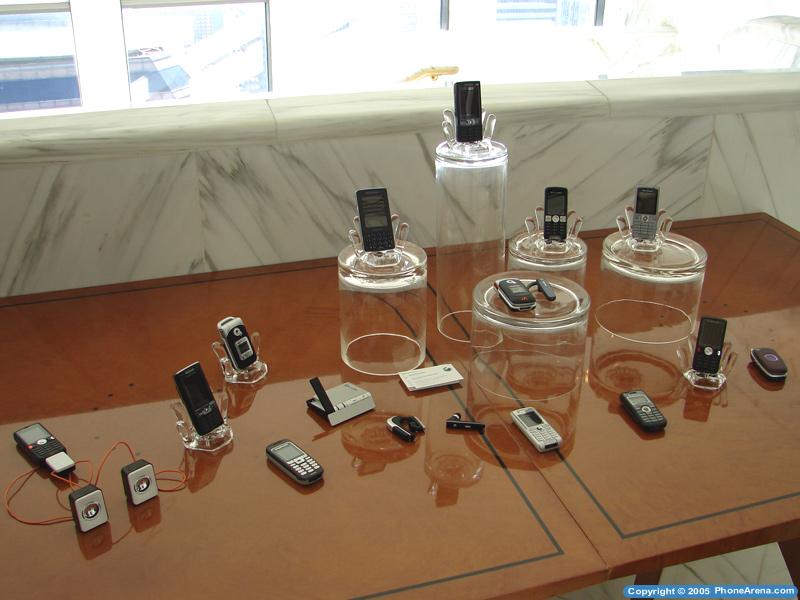
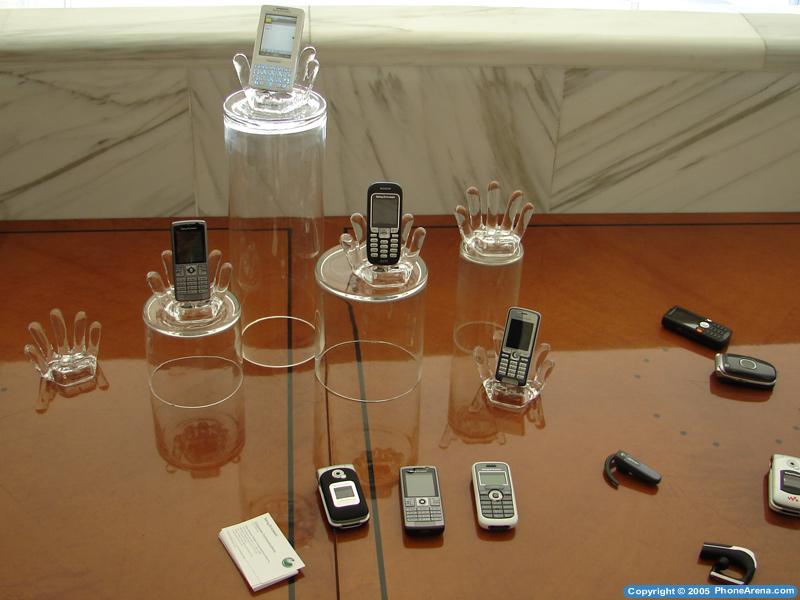
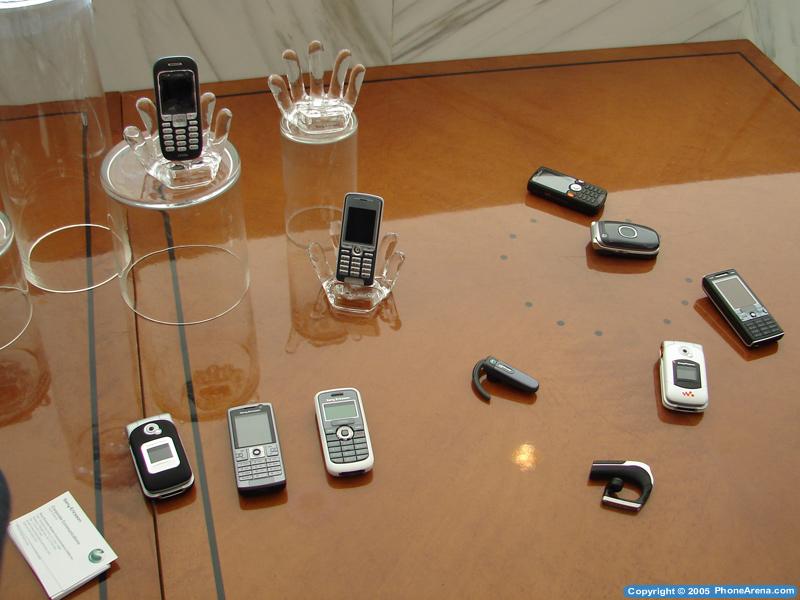
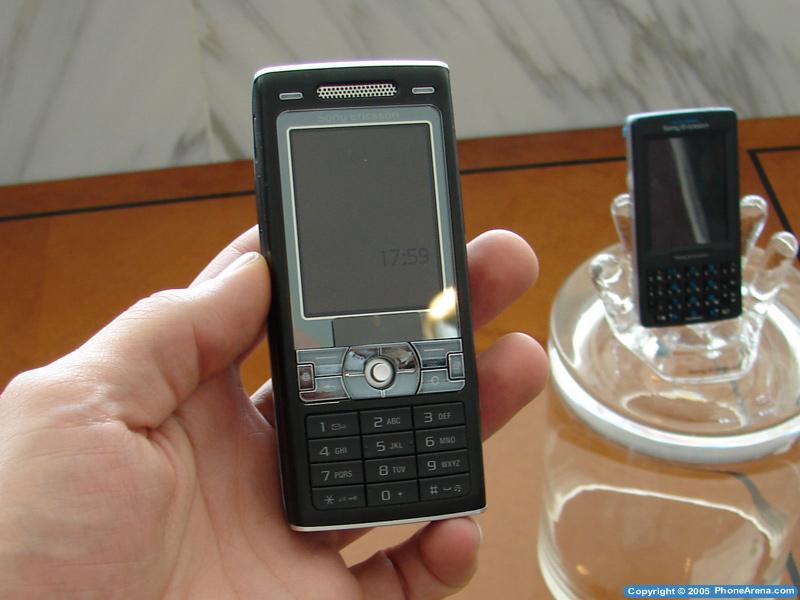
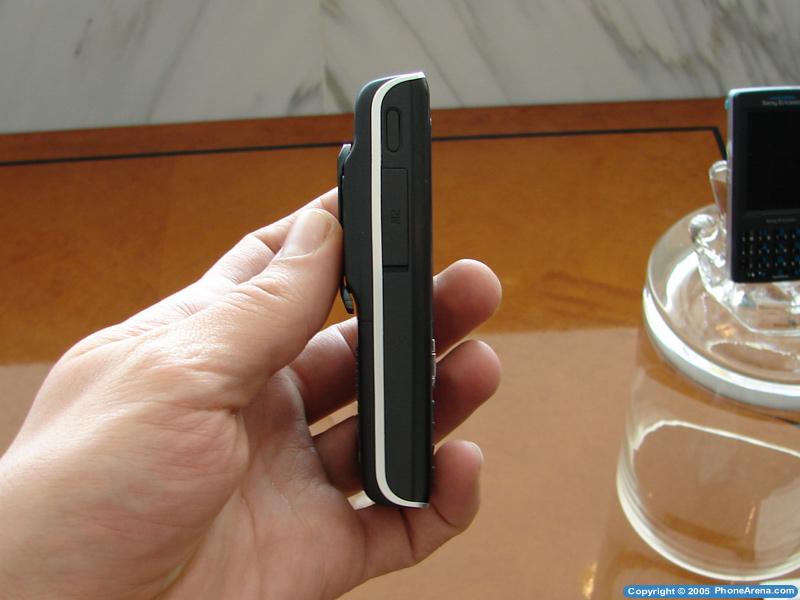
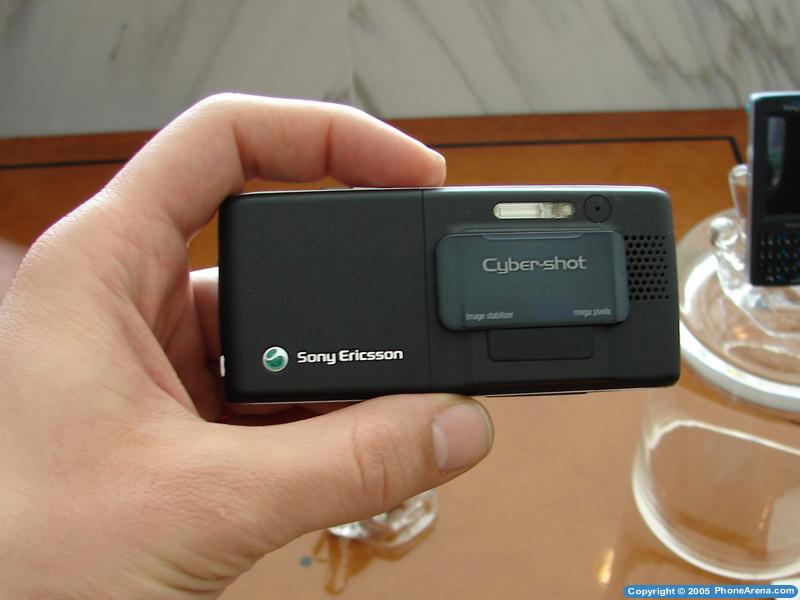
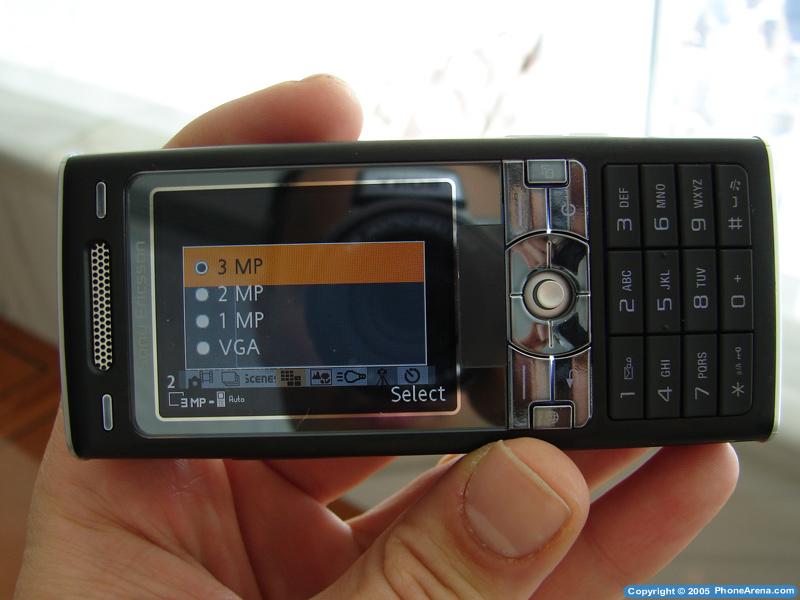
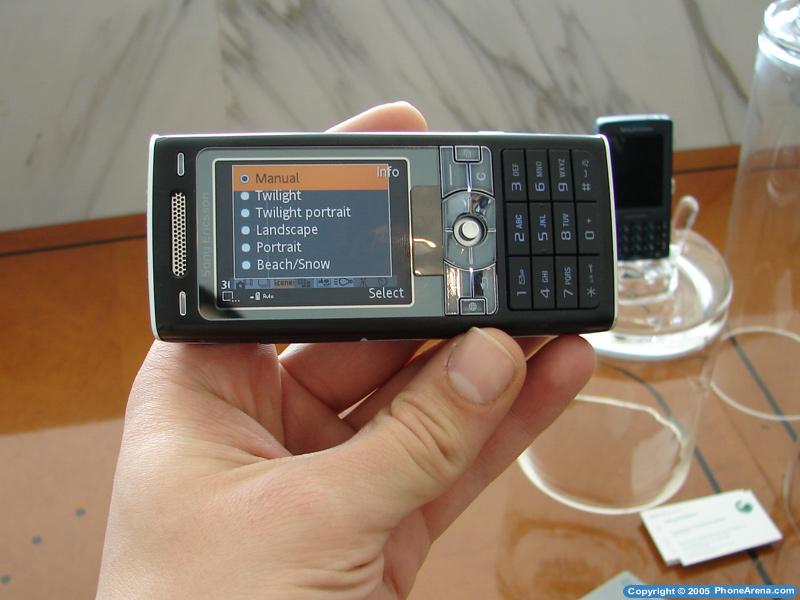

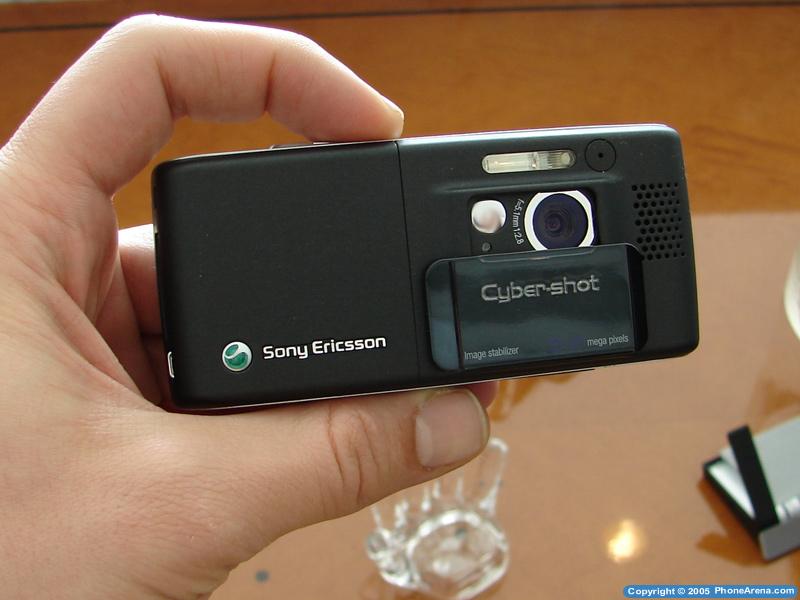
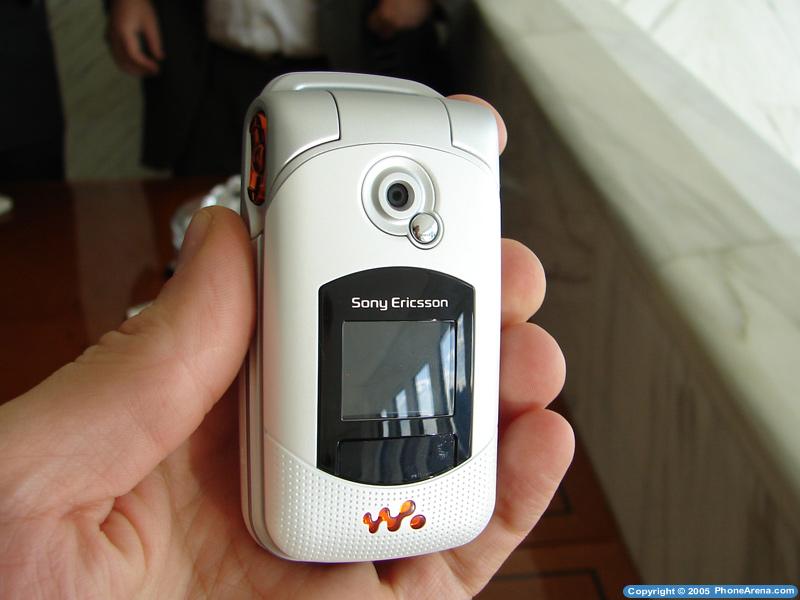

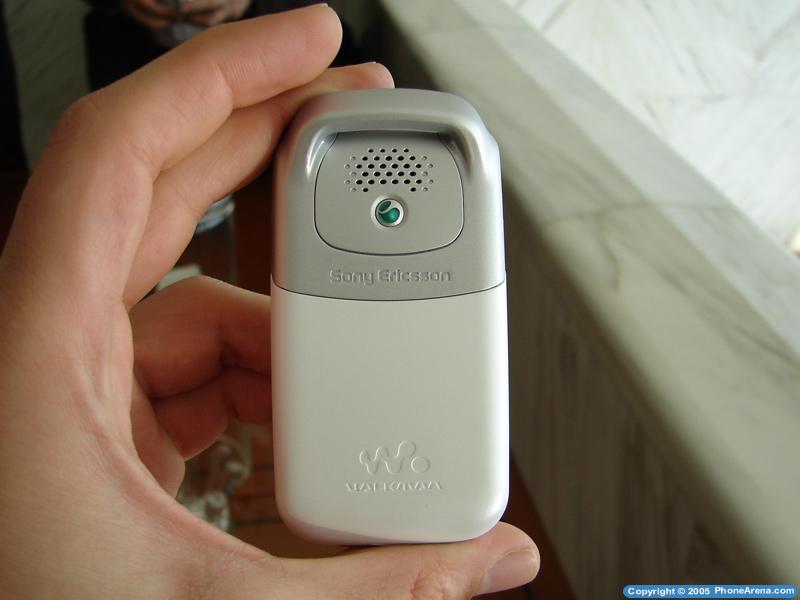
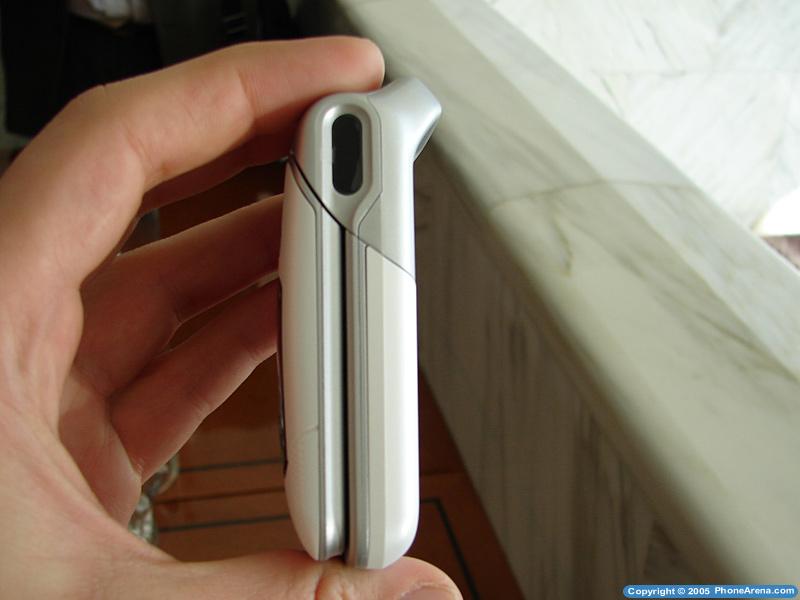
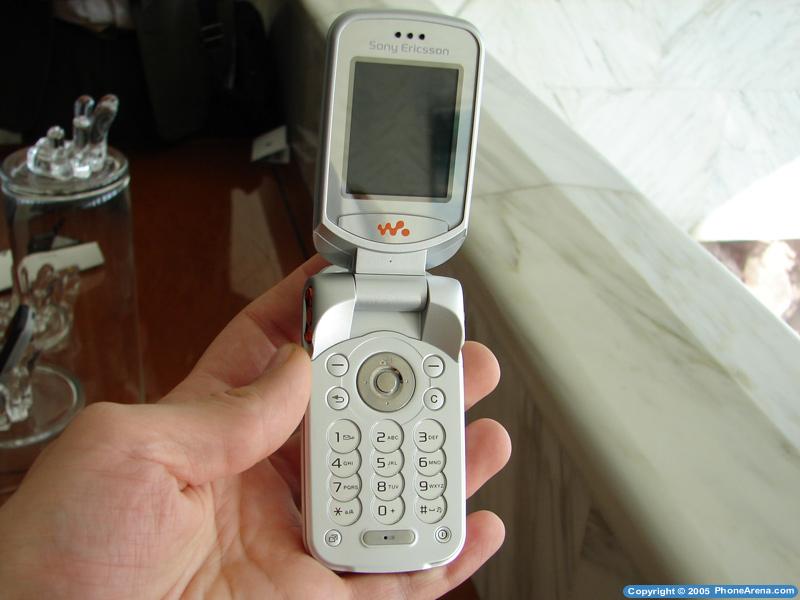

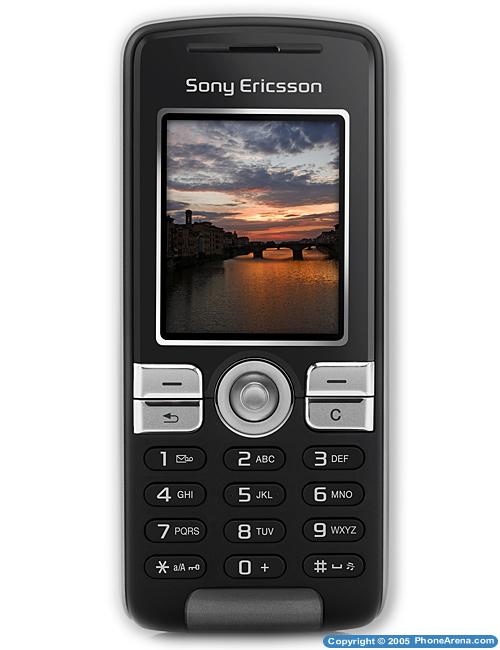
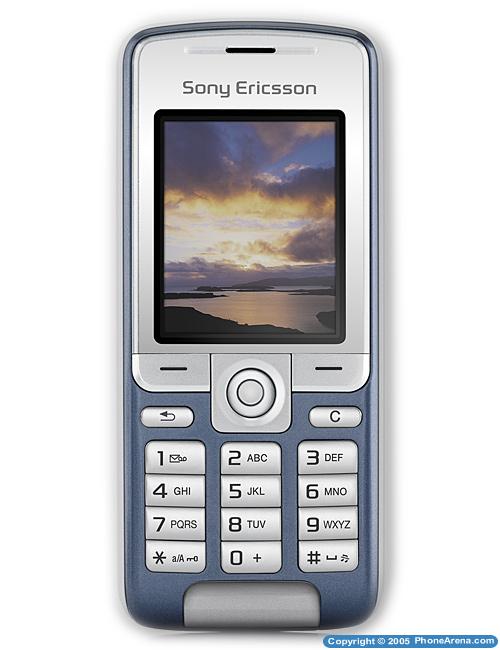
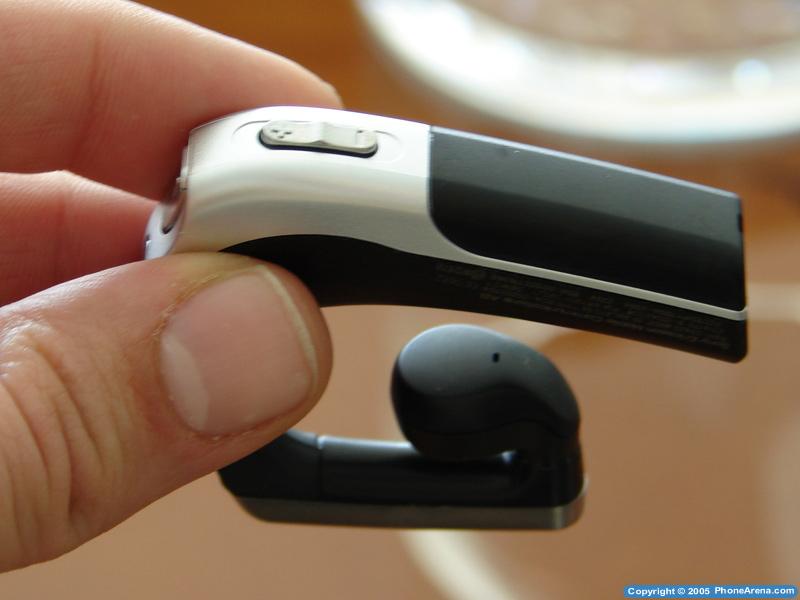

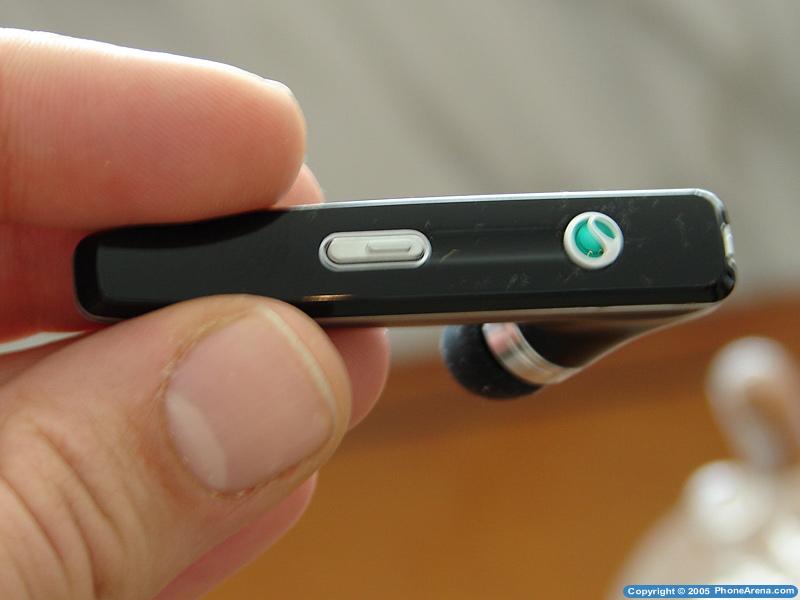
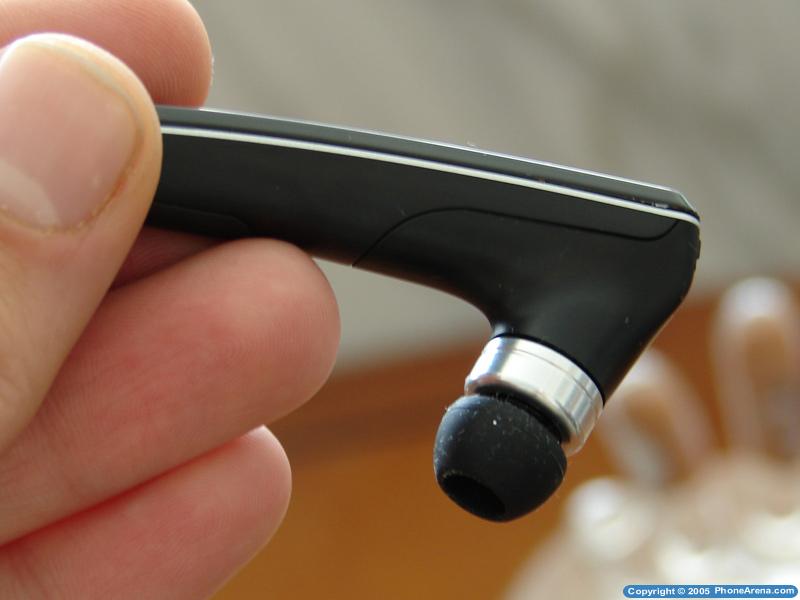

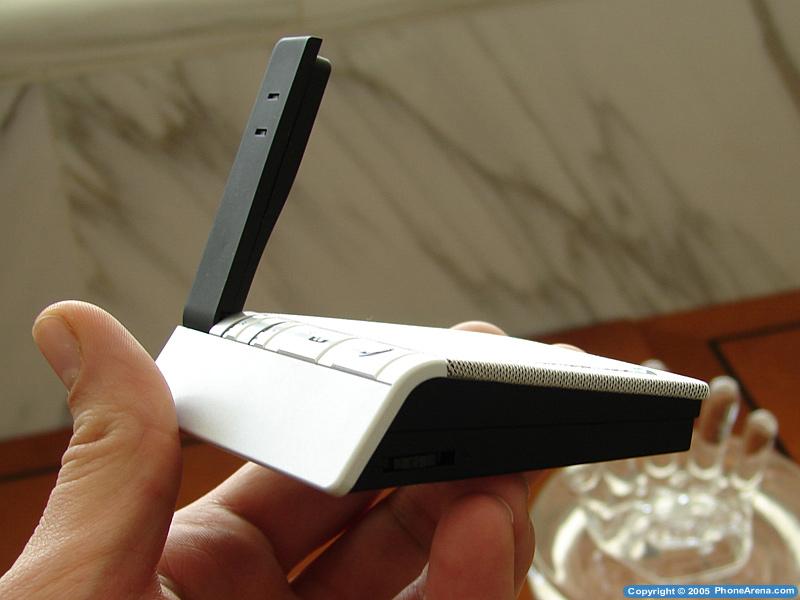











Things that are NOT allowed: